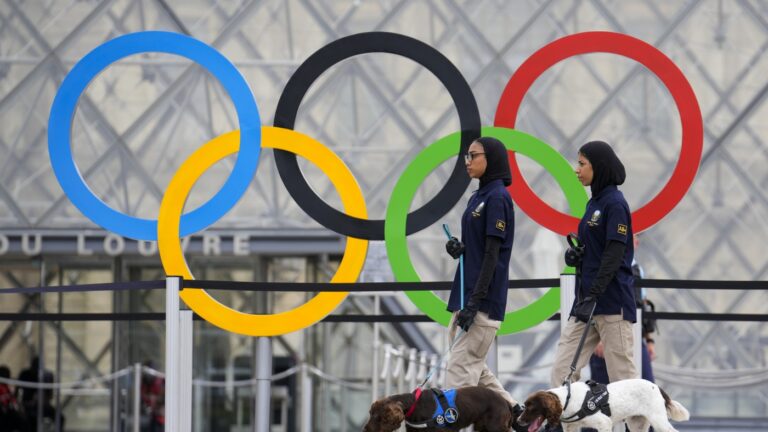Stay informed with free updates
Simply sign up to the Aerospace & Defence myFT Digest — delivered directly to your inbox.
The UK has been chosen as the headquarters for a project with Italy and Japan to build a new fighter jet, as the three nations push forward ambitious plans to have the aircraft flying by 2035.
Under the plans, confirmed in a trilateral convention signed in Tokyo on Thursday, the UK will host the government headquarters of the Global Combat Air Programme, supporting hundreds of jobs in the country.
While based in the UK, the joint project office will initially be led by Japan and the role will later rotate among the three partner countries.
Decisions on the project’s location and leadership had been keenly awaited due to their political sensitivity and as the first indication of how the three countries would divide up their responsibilities. The nations have been careful to ensure each feels it has equal participation.
Unveiled last December, GCAP is one of the most ambitious military programmes ever attempted, aimed at expanding each nation’s defence capabilities to address rising security threats from Russia and China.
It merges Japan’s F-X programme with the UK and Italy’s Tempest project, with the aim of delivering a supersonic jet in roughly half the time — and at much lower cost — compared with aircraft of previous generations such as the Eurofighter Typhoon.

“Our world-leading combat aircraft programme aims to be crucial to global security,” Grant Shapps, UK defence secretary, said in a statement. “The UK-based headquarters will also see us make important decisions collaboratively and at pace, working with our close partners Italy and Japan . . . to deliver an outstanding aircraft.”
Minoru Kihara, Japan’s defence minister, said: “GCAP is a historic deal that allows us to share the costs and risks by bringing together advanced technologies. Under my responsibility, we will select the best personnel to meet the expectations of the UK and Italy.”
The headquarters will be responsible for delivering “vital military capability, strengthening each country’s combat air industrial capability, and achieving value for money”, according to the UK government statement.
With the headquarters issue resolved, the leading industrial partners on the programme — the UK’s BAE Systems, Italy’s Leonardo and Japan’s Mitsubishi Heavy Industries — are also expected to work out their division of labour next year.
The governments confirmed on Thursday that a new joint industry group would also be headquartered in the UK but with “significant global presence”.
The industry counterpart of the government organisation will be responsible for support and the timely delivery of the programme, including the 2035 in-service date for the aircraft. The first leader of this industry group will be from Italy.
The companies are investing heavily in digital design and innovative engineering methods to ensure they meet the ambitious timetable. GCAP is not just an aircraft and will include uncrewed drones, as well as laser weaponry.
The three defence ministers also confirmed on Thursday that the work distribution would be “proportionate to each country’s contribution by financial and technical means under the spirit of equal partnership”.
The UK government has committed just over £2bn towards the original Tempest programme alone, with industry partners investing about £800mn. Japan’s defence ministry is seeking to set aside ¥72.6bn ($513mn) for the GCAP programme for the 2024-25 fiscal year.
The money will fund the “concept and assessment phase”. The aim is to then launch the development phase among the three nations in 2025.
Additional reporting by Amy Kazmin in Rome




















